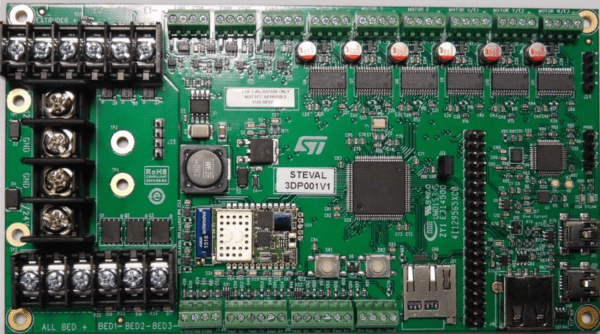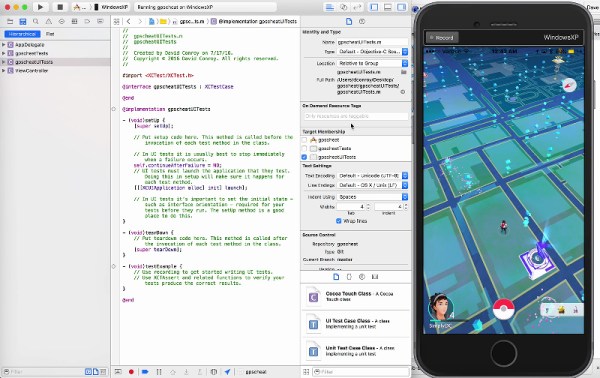I should really like I2C more than I do. In principle, it’s a brilliant protocol, and in comparison to asynchronous serial and SPI, it’s very well defined and clearly standardized. On paper, up to 127 devices can be connected together using just two wires (and ground). There’s an allowance for multiple clock-masters on the same bus, and a way for slaves to signal that the master needs to wait. It sounds perfect.
In reality, the tradeoff for using only two wires is a significantly complicated signalling and addressing system that brings both pitfalls and opportunities for debugging. Although I2C does reduce the number of signal wires you need, it gets dangerous when you have more than a handful of devices on the same pair of wires, and you’re lucky when they all conform to the same standard. I’ve never seen twenty devices on a bus, much less 127.
But still, I2C has its place. I2C was designed to connect up a bunch of slower, cheaper devices without using a lot of copper real estate compared to its closest rival protocol: SPI. If you need to connect a few cheap temperature sensors to a microcontroller (and their bus addresses don’t clash) I2C is a great choice. So here’s a guide to making it work when it’s not working.





















